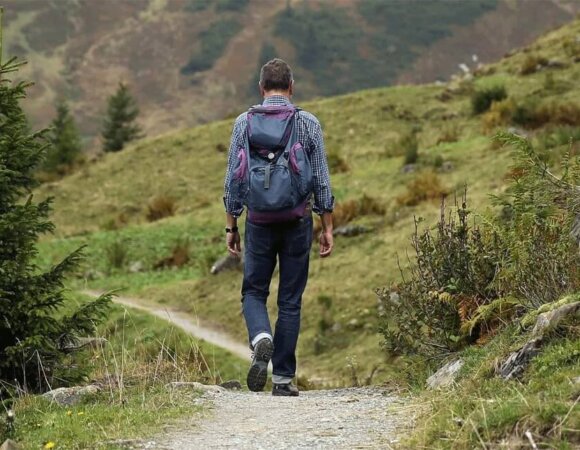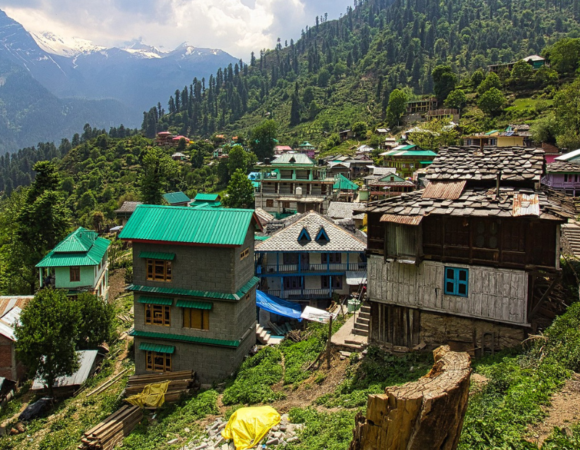3Rs of Sustainability for Cardboard Packaging
The 3Rs of Sustainability for Cardboard Packaging—Reduce, Reuse, Recycle—provides a practical framework for travelers navigating different cultures, languages, and waste systems. This hierarchical strategy prioritizes waste prevention first (Reduce), followed by extending the useful life of materials (Reuse), and finally ensuring proper material recovery (Recycle). By understanding how to apply the 3Rs of Sustainability for Cardboard Packaging across various travel contexts, eco-conscious tourists can minimize their environmental impact while still enjoying the discovery and convenience that make travel meaningful.
Table of Contents
Toggle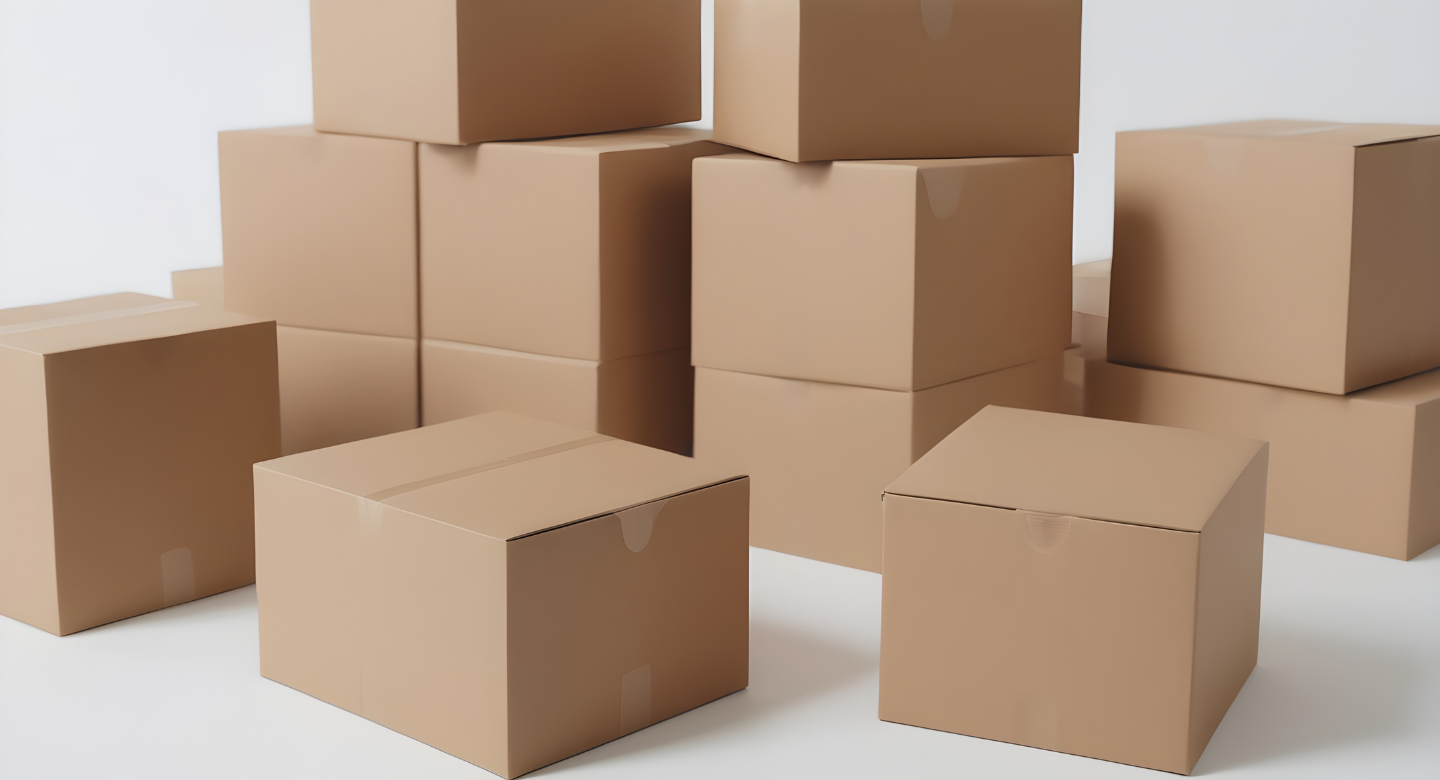
Sustainable travel has evolved from a niche interest to a global imperative as tourists increasingly recognize their environmental responsibilities when exploring our planet. With over 1.5 billion international tourist arrivals annually (pre-pandemic), the collective impact of travel choices on waste generation and resource consumption is substantial. Among these impacts, cardboard packaging waste presents a particular challenge—ubiquitous in travel products, convenient, yet contributing significantly to the environmental footprint of tourism. The 3Rs of Sustainability for Cardboard Packaging offers a comprehensive approach to addressing this challenge while maintaining the joy and convenience of travel experiences.
Why Cardboard Packaging Sustainability Matters in Travel and Tourism
Cardboard packaging dominates the travel landscape—from the boxes containing travel-sized toiletries to the packaging of convenience foods, souvenirs, and the countless beverages consumed on journeys. Popular tourist destinations can see cardboard waste increase by 30-40% during peak seasons, creating management challenges for local communities that often lack adequate infrastructure to handle the surge. Even when made from renewable resources, cardboard production requires significant water and energy inputs, with each ton of cardboard generating approximately 1 ton of CO₂ during manufacturing.

When improperly disposed of, cardboard waste degrades the very environments travelers seek to experience. In coastal areas, abandoned packaging becomes waterlogged and can release chemicals into sensitive marine ecosystems. In mountain regions, discarded cardboard disrupts natural decomposition processes and visual aesthetics of pristine landscapes. The presence of waste in natural environments not only damages ecosystems but also diminishes the travel experience itself, creating a self-defeating cycle where tourism contributes to the degradation of destinations.
Responsible cardboard packaging practices are particularly crucial for sustainable tourism because they directly affect the carrying capacity and resilience of destinations. Communities that struggle with waste management may eventually implement tourist restrictions or lose their appeal altogether, as we’ve witnessed in places like Maya Bay in Thailand and Boracay in the Philippines. By adopting the 3Rs of Sustainability for Cardboard Packaging, travelers can help preserve access to the world’s most beautiful places while supporting local economies that depend on environmental quality to attract visitors.
How Sustainable Travel Helps
Conscious consumption decisions regarding cardboard packaging can significantly reduce waste volumes and associated environmental impacts during travel. When travelers make deliberate choices—such as selecting products with minimal packaging or carrying reusable containers—they not only reduce their personal waste footprint but also signal market preferences that drive industry innovation. Studies show that tourists who practice waste-conscious behaviors typically generate 30-50% less trash during their travels compared to conventional tourists.

The benefits of sustainable approaches to cardboard packaging extend beyond waste reduction. By choosing products with recycled or responsibly sourced cardboard, travelers help preserve forest resources that serve as critical carbon sinks and biodiversity havens. Additionally, demonstrating sustainable behaviors while traveling can influence both fellow travelers and host communities through the power of social modeling. Research indicates that visible sustainable practices by tourists can increase similar behaviors among locals by up to 25%, creating a positive ripple effect that outlasts the tourist’s visit.
How to Travel Sustainably with Cardboard Packaging
Practical strategies for reducing cardboard waste begin before the journey starts. Travelers can pack multi-use containers for toiletries instead of purchasing travel-sized products in individual cardboard boxes. For food and beverages, collapsible silicone containers and reusable water bottles eliminate the need for packaged alternatives. When shopping at destinations, selecting loose produce or bulk items avoids unnecessary cardboard packaging, while bringing a reusable tote bag prevents the accumulation of shopping bags.

Supporting brands that prioritize sustainable packaging represents another effective approach. Companies embracing minimal packaging, recycled cardboard, or innovative alternatives deserve consumer recognition. Many travel products now use cardboard certified by the Forest Stewardship Council (FSC), indicating responsible forest management throughout the supply chain. Some forward-thinking tourism businesses have established packaging-free stores or refill stations specifically catering to travelers, making sustainable choices increasingly convenient.
When cardboard packaging cannot be avoided, travelers should familiarize themselves with local recycling systems. Many destinations now provide tourism-specific recycling information through apps, hotel information packets, or visitor center materials. Some popular locations have implemented color-coded waste separation bins in tourist areas with universal symbols to overcome language barriers. Taking a few minutes to understand these systems enables travelers to ensure their cardboard waste enters the appropriate recovery stream, fulfilling the third component of the 3Rs of Sustainability for Cardboard Packaging.
The Role of the 3Rs in Cardboard Packaging Sustainability
1. Reduce: Minimizing Waste Generation from Cardboard Packaging
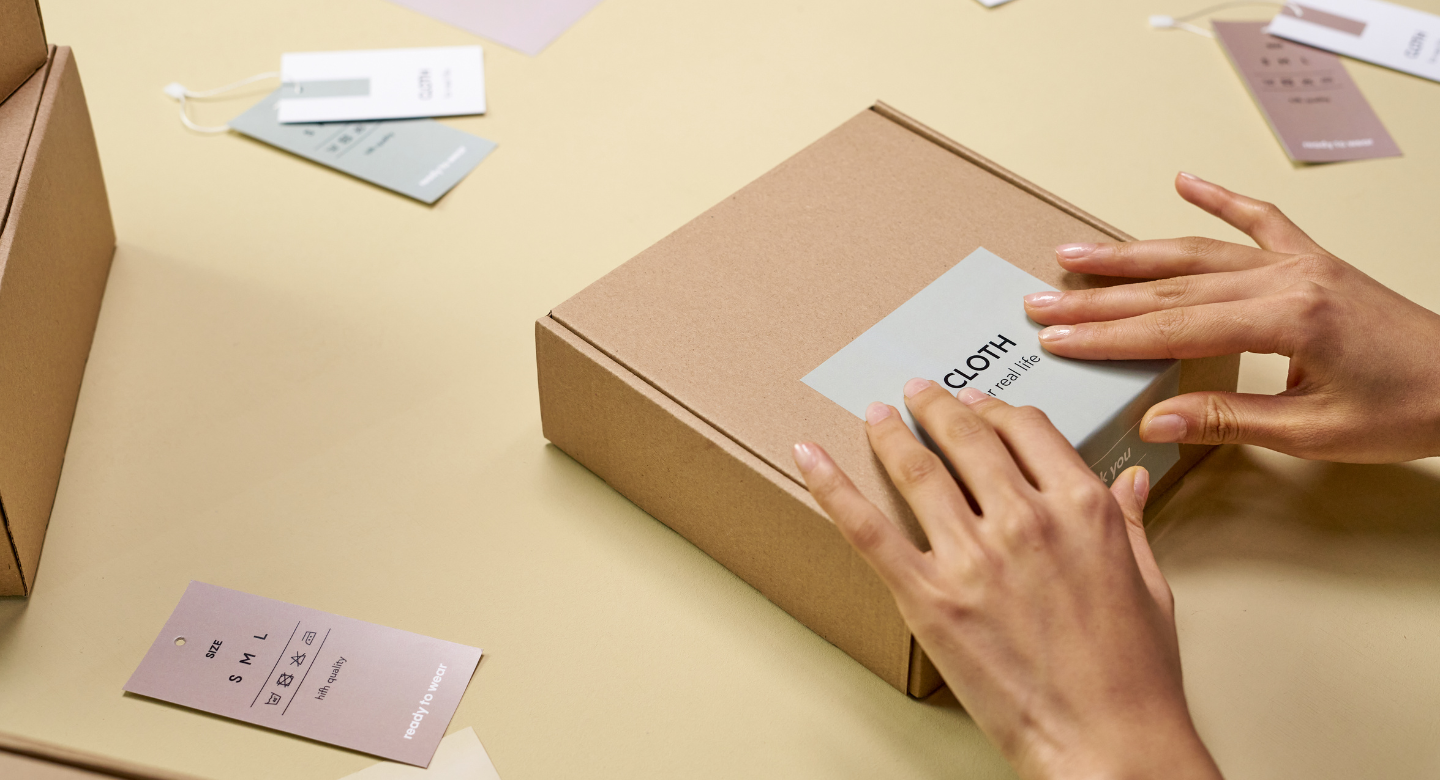
The most effective approach to cardboard packaging sustainability begins with reduction—preventing waste before it occurs. Travelers can significantly decrease cardboard consumption through strategic pre-trip planning and mindful purchasing decisions throughout their journey. Before departure, consolidating toiletries into reusable containers eliminates the need for multiple cardboard-packaged travel-sized products. During travel, choosing accommodations that offer refillable amenities rather than individually packaged items further reduces packaging waste.
Eco-friendly alternatives to conventional cardboard-packaged products are increasingly available worldwide. Concentrated products require smaller packaging while delivering equivalent performance. Package-free stores—now present in many tourist destinations—allow travelers to refill containers with everything from shampoo to snacks. Digital alternatives, such as e-tickets and mobile boarding passes, eliminate paper and cardboard entirely. For necessary purchases, selecting products with minimal or plastic-free packaging reduces overall waste volume and environmental impact, exemplifying the first principle in the 3Rs of Sustainability for Cardboard Packaging.
2. Reuse: Finding Creative Ways to Repurpose Cardboard Packaging

When travelers do acquire cardboard packaging during their journeys, numerous opportunities exist to extend its useful life before recycling. Sturdy boxes can protect fragile souvenirs during transport, while smaller packaging can organize cables, jewelry, or medications in luggage. For longer stays, cardboard packaging can serve multiple functions in temporary accommodations—from makeshift drawer dividers to impromptu laptop stands or even emergency rain protection for electronics.
Outdoor enthusiasts have developed particularly creative approaches to cardboard reuse. Folded cardboard creates insulating sitting pads for cold ground, while waterproofed cardboard (treated with beeswax) makes lightweight, temporary organizers for camping gear. Photography enthusiasts use small cardboard packaging as improvised lens hoods or light diffusers. Nature journalers press plant specimens between cardboard sheets, while artists incorporate found packaging into travel sketchbooks as interesting textural elements or canvases for visual diaries. These innovative reuse strategies represent the second element of the 3Rs of Sustainability for Cardboard Packaging.
3. Recycle: Ensuring Proper Recycling of Cardboard Packaging

When reduction and reuse options have been exhausted, proper recycling becomes essential to close the materials loop. Effective cardboard recycling while traveling requires understanding that recycling systems vary dramatically worldwide. In Scandinavian countries, sophisticated multi-stream collection systems separate different grades of cardboard. In contrast, some developing tourism destinations may have informal recycling sectors where waste pickers recover valuable materials from mixed waste. Learning the local approach helps travelers participate appropriately.
The recycling process typically requires some preparation from consumers. Food residues should be removed from cardboard packaging, and plastic elements (windows, tape, labels) separated when possible. While these requirements exist globally, the specifics vary by location. Japan, for example, has particularly strict separation requirements, while some European destinations compost food-soiled cardboard rather than recycling it. Many tourist accommodations now provide information about local recycling practices, and global recycling symbol standards help overcome language barriers in identifying appropriate disposal methods, completing the cycle of the 3Rs of Sustainability for Cardboard Packaging.
Sustainable Production Practices for Cardboard Packaging
Forward-thinking brands are revolutionizing cardboard packaging production through innovative materials and processes. Plant-based protective elements are replacing traditional plastic coatings, making cardboard more readily recyclable or compostable. Agricultural waste fibers from wheat straw, sugarcane bagasse, and bamboo are supplementing or replacing wood pulp in some cardboard applications, reducing pressure on forest resources while utilizing materials that would otherwise be burned as waste.

Energy efficiency improvements throughout the production chain have significantly reduced the carbon footprint of cardboard manufacturing. Modern mills incorporate heat recovery systems, cogeneration plants, and renewable energy sources that can reduce energy-related emissions by up to 60% compared to older facilities. Water consumption—historically a major environmental concern in paper production—has decreased dramatically through closed-loop water systems that recirculate and treat process water multiple times before discharge.
Circular economy models are transforming how companies approach packaging lifecycles. “Box-to-box” programs collect used cardboard directly from businesses for immediate reprocessing into new packaging, significantly reducing transportation impacts and material losses. Some innovative travel product companies have implemented take-back programs specifically for their packaging, ensuring proper recycling and closing the loop within their own supply chains. These production innovations complement consumer-focused implementation of the 3Rs of Sustainability for Cardboard Packaging.
Regulatory Insights & Industry Standards in India
India has implemented comprehensive regulatory frameworks addressing cardboard packaging sustainability throughout its massive tourism industry. The Plastic Waste Management Rules, amended in 2022, include provisions for composite materials such as plastic-lined cardboard, placing extended producer responsibility on manufacturers to establish collection systems. For pure cardboard waste, the Solid Waste Management Rules mandate segregation at source and specify processing methods for different waste streams.

The Indian tourism sector has developed industry-specific standards complementing these regulations. The Sustainable Tourism Criteria for India (STCI) includes specific waste management provisions for accommodations and tour operators, including cardboard waste reduction targets. The India Tourism Development Corporation has launched certification programs rewarding businesses that implement exemplary packaging waste management systems. In major tourist destinations like Goa and Kerala, tourism associations have established voluntary cardboard collection programs specifically targeting visitor-generated waste.
Government initiatives provide additional support for these efforts through awareness campaigns and infrastructure development. The Swachh Bharat (Clean India) Mission has funded waste management improvements in tourist areas, while the Ministry of Tourism includes waste management practices in its hotel classification criteria. These integrated regulatory and voluntary approaches create a comprehensive framework supporting the 3Rs of Sustainability for Cardboard Packaging throughout India’s diverse tourism landscapes.
Carbon Footprint Analysis of Cardboard Packaging
The environmental impact of cardboard packaging varies significantly throughout its lifecycle. Production represents the most carbon-intensive phase, with each kilogram of virgin cardboard generating approximately 1.5 kg of CO₂ equivalent emissions. Transportation adds variable impacts depending on distances between production, filling, and consumption locations. For tourism products that travel long distances before use, these transport emissions can represent 20-30% of the total carbon footprint.

Compared to alternatives, cardboard generally performs well in environmental assessments. It has 50-80% lower carbon footprint than equivalent plastic packaging due to renewable material sources and widespread recycling infrastructure. Tin packaging, while highly recyclable, requires significantly more energy in production, resulting in emissions approximately three times higher than cardboard for similar applications. Tetra Pak and similar composite materials offer excellent product protection but present recycling challenges due to their multi-material construction.
End-of-life scenarios dramatically affect cardboard’s overall environmental performance. When recycled, cardboard’s carbon footprint decreases by approximately 40% compared to landfill disposal. When composted, it contributes soil carbon and reduces methane emissions associated with anaerobic decomposition in landfills. These significant differences underscore the importance of proper disposal within appropriate waste management systems, particularly in tourism contexts where destination infrastructure may differ from travelers’ home systems. This lifecycle perspective reinforces the importance of implementing all aspects of the 3Rs of Sustainability for Cardboard Packaging.
Case Studies & Real-World Impact
Innovative approaches to cardboard packaging sustainability have emerged in tourism destinations worldwide. In Costa Rica’s Manuel Antonio region, a coalition of ecolodges collaborated with local recyclers to develop a closed-loop system where tourist-generated cardboard waste becomes protective packaging for artisanal souvenirs. This program diverts over 5 tons of cardboard annually while supporting 15 jobs in the local community and eliminating the need for imported packaging materials.

The Alpine town of Chamonix has pioneered a “Packaging-Free Tourism” initiative that unites accommodation providers, retailers, and food service establishments. Participating businesses offer incentives for travelers using reusable containers, while dedicated recycling stations throughout the town feature clear pictographic instructions in multiple languages. Since implementation, the program has reduced cardboard waste by 35% during peak tourist seasons while enhancing visitor satisfaction through reduced visual pollution on trails and viewpoints.
Brands serving travelers have also demonstrated leadership in cardboard sustainability. Outdoor equipment manufacturer Patagonia has eliminated 30% of its cardboard packaging through redesigned shipping methods and encourages consumers to return packaging for reuse through their “Worn Wear” program. Singapore Airlines has replaced traditional cardboard-packaged amenity kits with reusable pouches containing products in minimal packaging, reducing cardboard waste by approximately 15 tons annually while providing passengers with useful travel accessories. These success stories demonstrate the practical application of the 3Rs of Sustainability for Cardboard Packaging across diverse tourism contexts.
Actionable Steps for Travelers & Outdoor Enthusiasts to Reduce Cardboard Packaging Waste
Travelers can implement numerous practical strategies to improve cardboard packaging sustainability during their journeys:
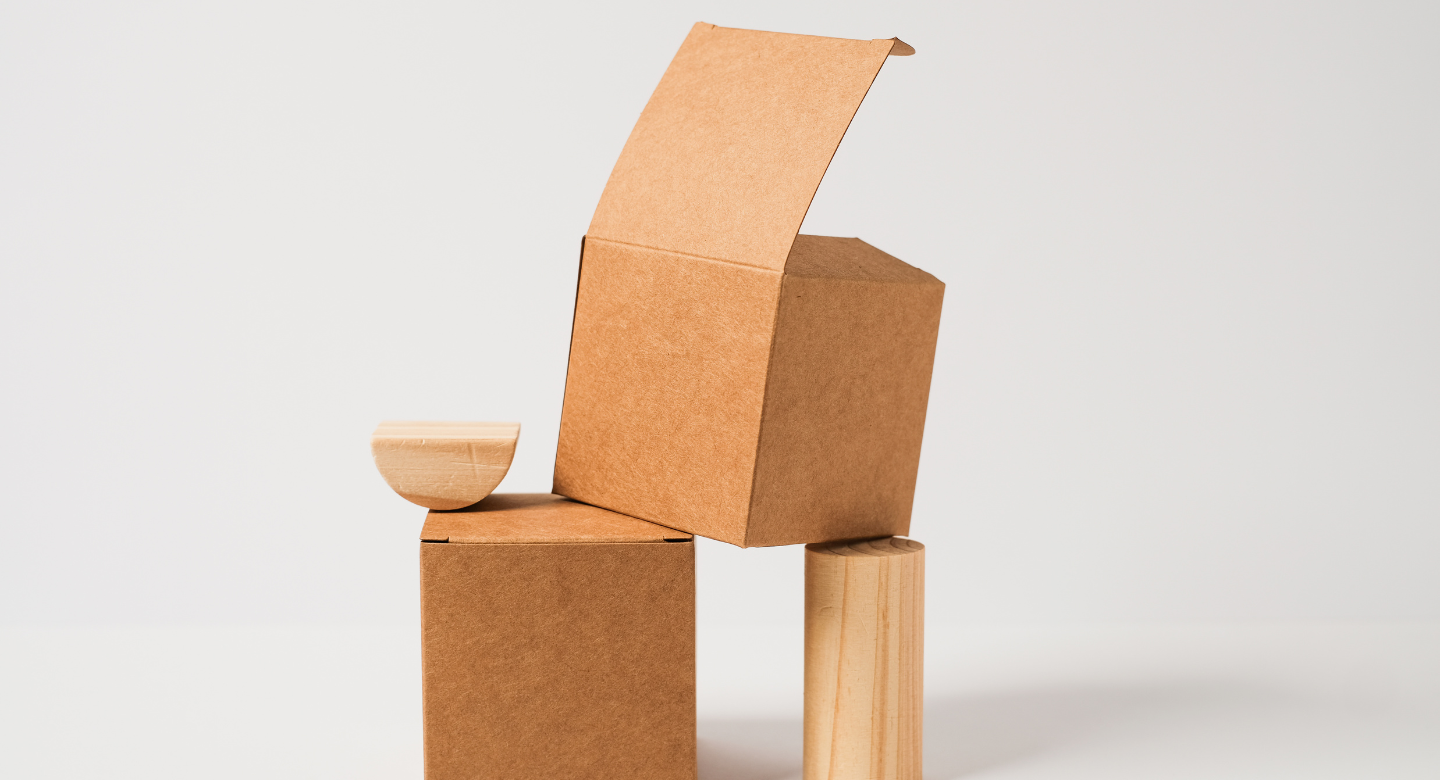
- Pack multi-purpose containers for toiletries, snacks, and storage to avoid purchasing cardboard-packaged alternatives during travel.
- Research and patronize accommodation with bulk amenities rather than individually packaged products.
- Use digital tickets, guides, and maps instead of printed versions whenever possible.
- When shopping at destinations, bring reusable bags and choose items with minimal or no packaging.
- Select products with certifications like FSC that ensure responsible material sourcing.
- Learn destination-specific recycling guidelines before arrival through tourism websites or accommodation information.
- Flatten cardboard packaging before placing it in recycling bins to maximize collection efficiency.
- Participate in beach or trail clean-ups that often find abandoned packaging in natural areas.
- Share sustainable packaging practices on social media using destination-specific hashtags to raise awareness.
- Provide feedback to travel service providers about excessive packaging, as customer comments often drive change.
These individual actions, when multiplied across millions of travelers, represent significant potential for reducing the environmental footprint of tourism while preserving the quality of destinations for future visitors. By implementing these strategies, travelers can personally contribute to the 3Rs of Sustainability for Cardboard Packaging during their journeys.
Conclusion: The Future of Cardboard Packaging Sustainability
The evolution of cardboard packaging sustainability in tourism contexts will require coordinated efforts across multiple stakeholders—from manufacturers and brands to destination managers and individual travelers. Emerging technologies promise significant advancements, including fiber recovery systems that can process previously unrecyclable composite materials and blockchain-based tracking that verifies sustainable sourcing throughout supply chains. Biodegradable protective coatings derived from mushroom mycelium or seaweed extracts may soon eliminate persistent plastic components in cardboard packaging.
The 3Rs of Sustainability for Cardboard Packaging remains the fundamental approach guiding these innovations and individual actions. By prioritizing waste prevention, finding creative second lives for necessary packaging, and ensuring materials enter appropriate recovery streams, travelers can significantly reduce their environmental footprint while maintaining the convenience that packaging provides. As sustainable tourism grows from niche interest to mainstream expectation, cardboard packaging practices will continue evolving to meet the dual demands of functionality and environmental responsibility.
The most promising development may be the growing recognition that packaging sustainability represents a shared responsibility rather than an individual burden. Destination management organizations increasingly provide infrastructure supporting sustainable choices, while product manufacturers redesign packaging with multi-use functionality and end-of-life considerations. These systemic changes, combined with individual traveler awareness, create the conditions for truly sustainable cardboard packaging practices that protect the places we love to visit while enhancing rather than diminishing the travel experience. Through consistent application of the 3Rs of Sustainability for Cardboard Packaging, the tourism industry can become a leader in environmental stewardship while providing memorable experiences for generations to come.
Discover More Such Blogs:
3Rs of Sustainability for Single-Use Packaging
3Rs of Sustainability for Tin Packaging
3Rs of Sustainability for Old Mobile Phones
Frequently Asked Questions (FAQs) About 3Rs of Sustainability for Cardboard Packaging
What are the 3Rs in sustainability for cardboard packaging?
The 3Rs—Reduce, Reuse, and Recycle—are guiding principles for sustainable living that aim to minimize waste and conserve resources. In the context of cardboard packaging, “Reduce” means cutting down on the amount of packaging used or choosing more efficient packaging designs. “Reuse” involves finding new purposes for cardboard boxes instead of discarding them after a single use. “Recycle” means collecting used cardboard so it can be processed and made into new cardboard products, reducing the need for virgin materials.
How can I reduce the use of cardboard packaging?
Reducing cardboard packaging can be achieved by making mindful purchasing decisions, such as selecting products with minimal or no packaging and buying in bulk to reduce the total amount of packaging waste. Consumers can also support businesses that use sustainable packaging options or offer reusable alternatives. Opting for digital receipts, avoiding unnecessary deliveries, and choosing consolidated shipping are other practical ways to reduce cardboard use.
Is cardboard packaging reusable?
Yes, cardboard packaging is highly reusable due to its strength and versatility. After receiving a delivery, for example, the box can be reused for storing items, organizing closets, moving houses, or shipping other products. Cardboard is also popular in DIY and craft projects, making it a valuable resource before it’s even considered for recycling. Reusing cardboard extends its life cycle and delays its entry into the waste stream.
Can all types of cardboard be recycled?
Most cardboard can be recycled, including corrugated cardboard and paperboard. However, it’s important that the cardboard is clean and dry. Greasy or food-contaminated cardboard, such as pizza boxes with oil stains, may not be accepted by all recycling facilities because they can compromise the recycling process. In such cases, the clean parts can still be recycled while the contaminated parts might need to be composted or discarded.
What happens to cardboard after it is recycled?
Once cardboard is collected for recycling, it is sorted and cleaned to remove contaminants. It is then broken down into pulp and processed through a series of steps that include filtering, de-inking, and drying. The recycled pulp is eventually pressed and rolled into sheets that are used to create new cardboard products like boxes, packaging materials, and paperboard for cereal boxes or cartons.
How many times can cardboard be recycled?
Cardboard can typically be recycled between five to seven times. Each recycling cycle shortens the fibers that make up the cardboard, eventually rendering them too weak to be reused in the same way. When cardboard fibers become too short for recycling, they can still be used for composting or transformed into low-grade paper products like newspaper or egg cartons.
Why is reducing cardboard packaging important?
Reducing cardboard packaging is crucial because it helps conserve natural resources like trees and water, lowers energy consumption during manufacturing, and reduces greenhouse gas emissions. It also minimizes the volume of waste sent to landfills or incinerators. By focusing on reduction, consumers and companies can significantly lessen their environmental impact and promote a more sustainable packaging lifecycle.
What are eco-friendly alternatives to cardboard packaging?
While cardboard is relatively sustainable, there are other eco-friendly packaging options as well. These include recycled paper, biodegradable packing peanuts, mushroom-based packaging, cornstarch packaging, and reusable cloth bags or containers. These alternatives can offer similar functionality while further reducing environmental harm and encouraging circular economies.
How can businesses adopt the 3Rs for their cardboard packaging?
Businesses can embrace the 3Rs by designing packaging that uses less material and is easier to recycle. They can source packaging made from recycled cardboard, offer incentives for customers to return used packaging, and educate their audience on how to reuse and properly dispose of cardboard. Sustainable branding and eco-conscious logistics not only reduce waste but also attract environmentally aware consumers.
Is cardboard better than plastic when it comes to sustainability
Cardboard is generally considered more sustainable than plastic because it is biodegradable, recyclable, and made from renewable resources. Unlike plastic, which can take hundreds of years to break down and poses a significant threat to marine life, cardboard decomposes naturally in a short time when exposed to the environment. Additionally, its recycling process has a smaller carbon footprint compared to that of plastic.



